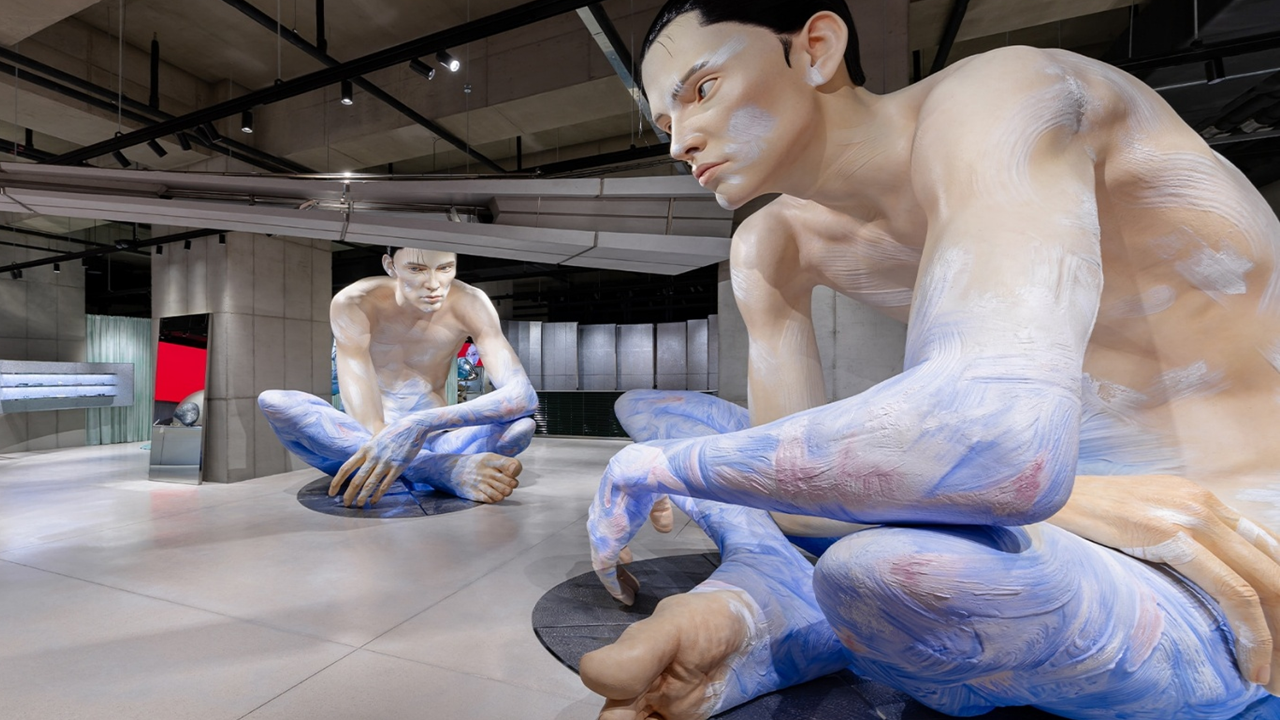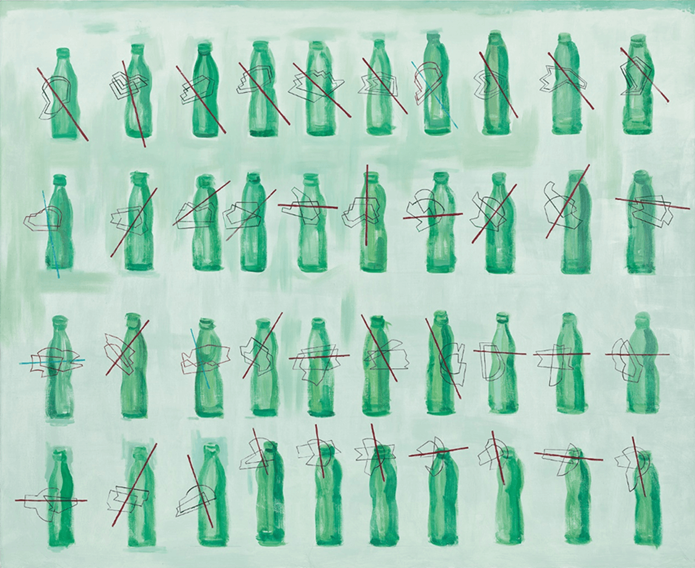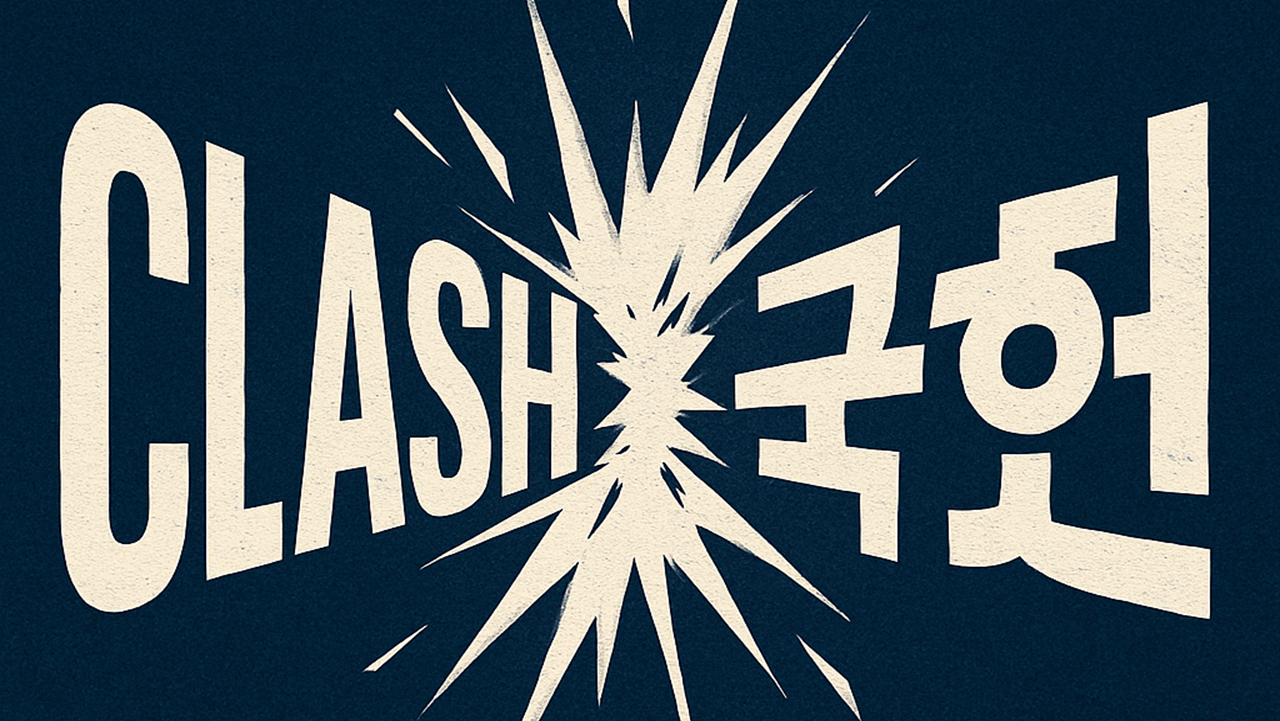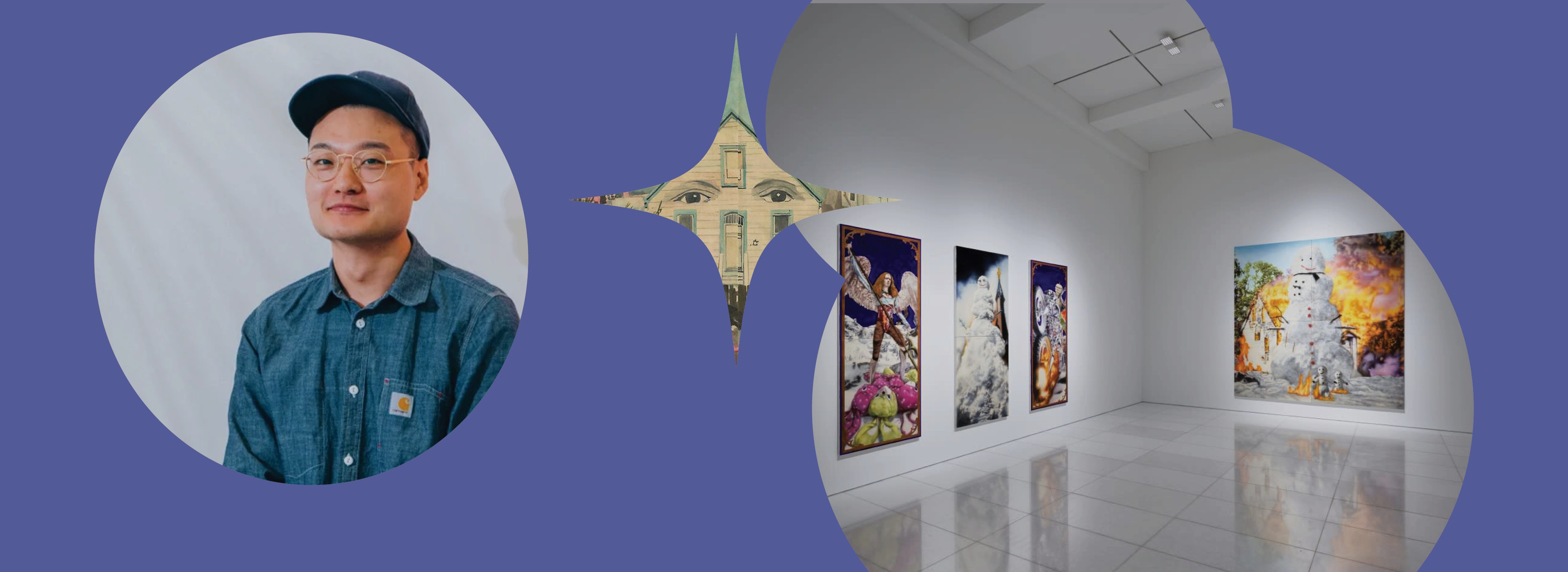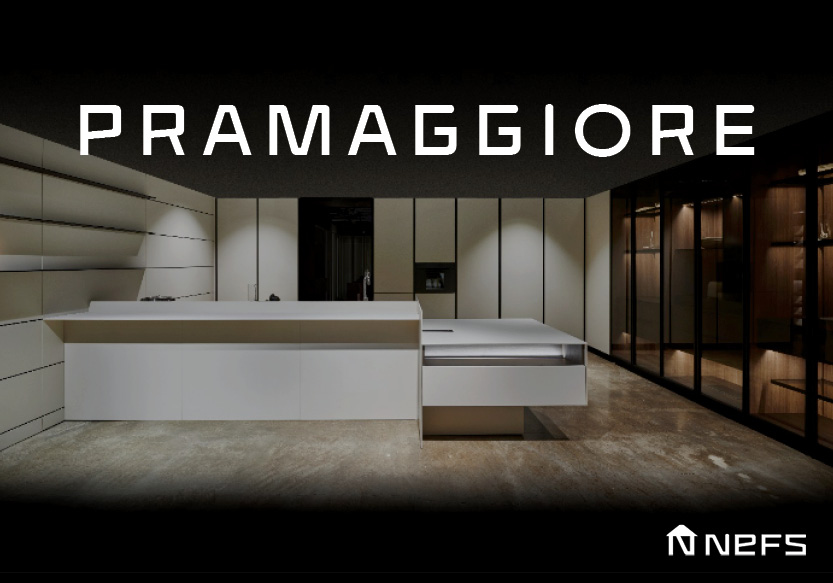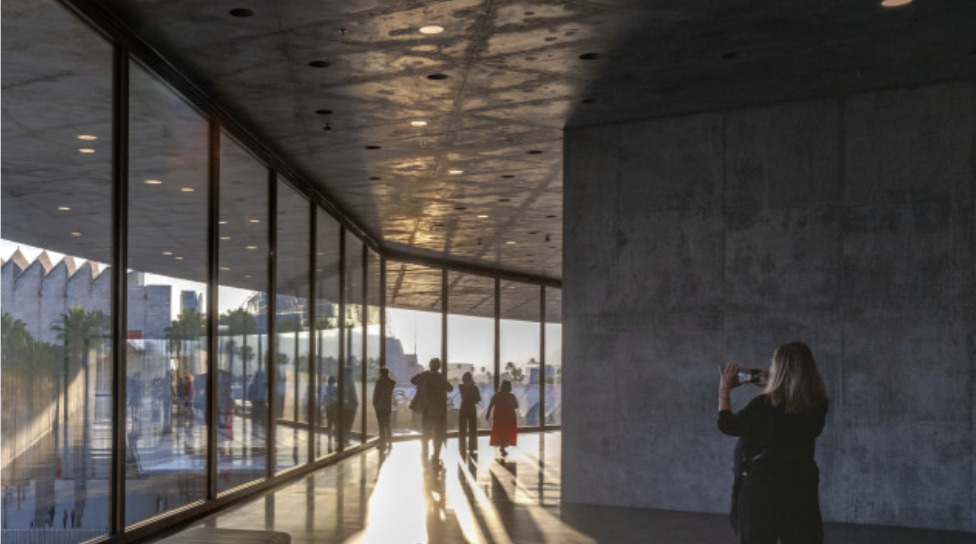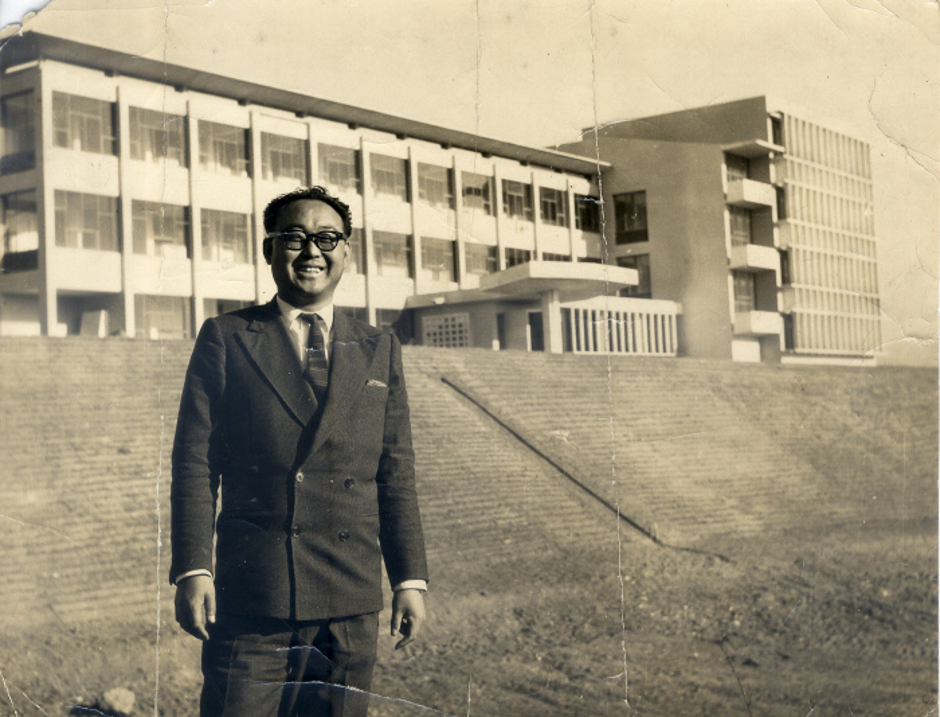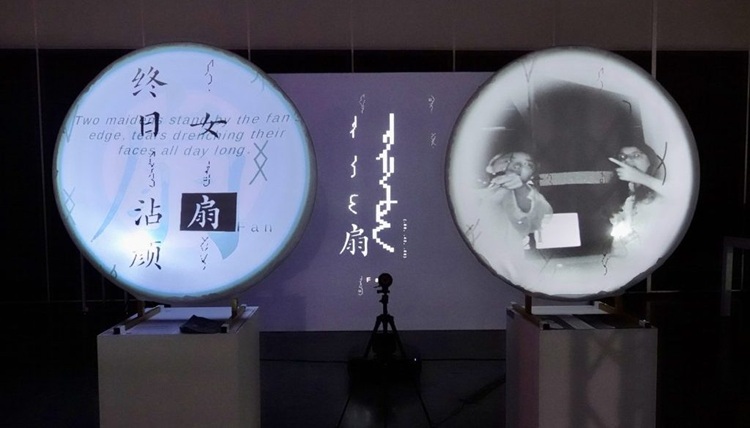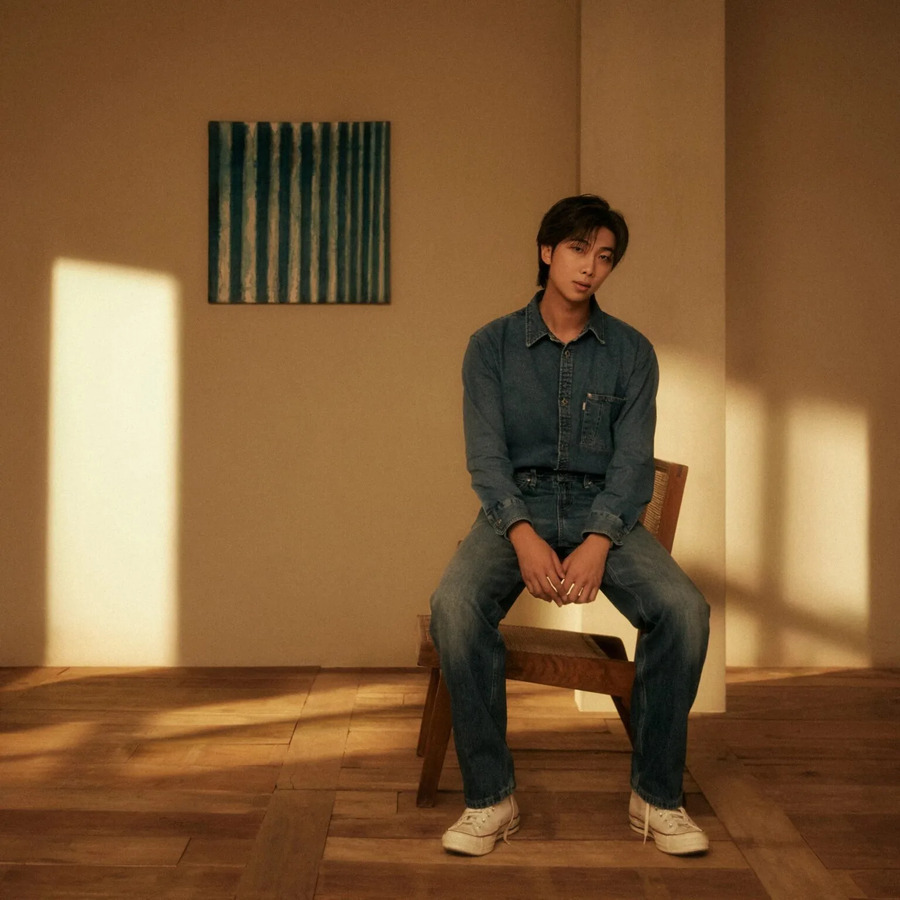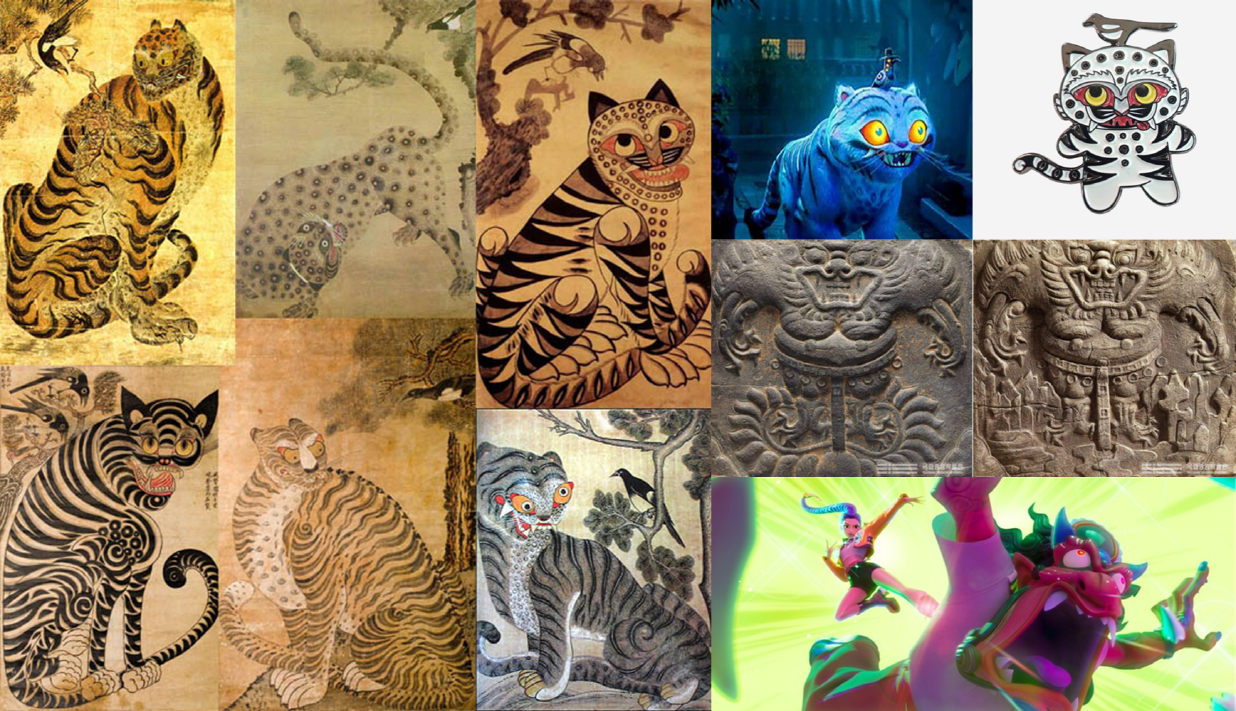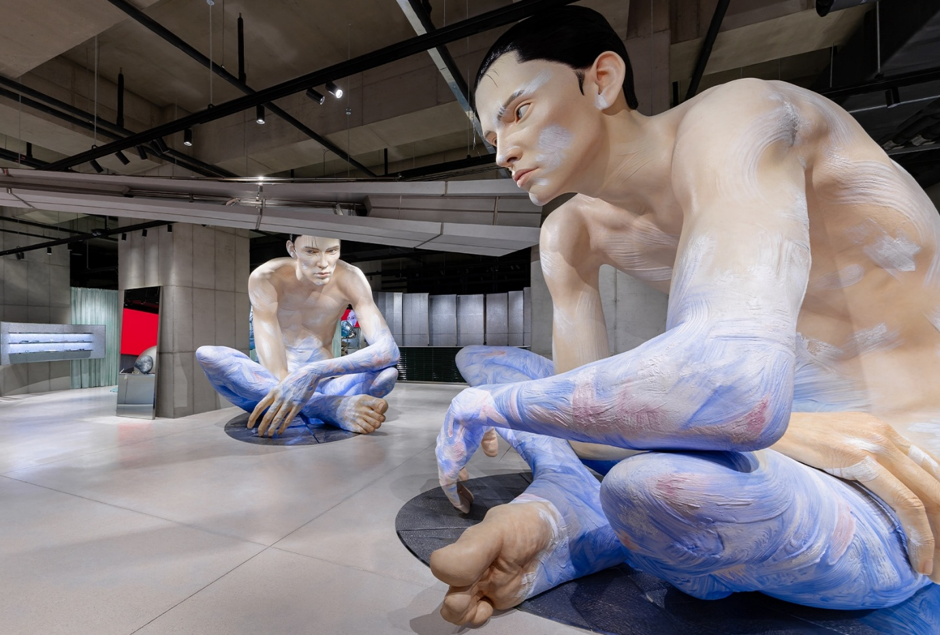
Gentle Monster Seongsu Headquarters / Photo: Gentle Monster Website
Introducing
Gentle Monster merely as an “eyewear brand” fails to capture the full scope of its identity. The brand’s spaces across Seoul and around the world no longer function as
retail stores; they operate as massive sensory mechanisms and theatrical stages
for urban narratives.
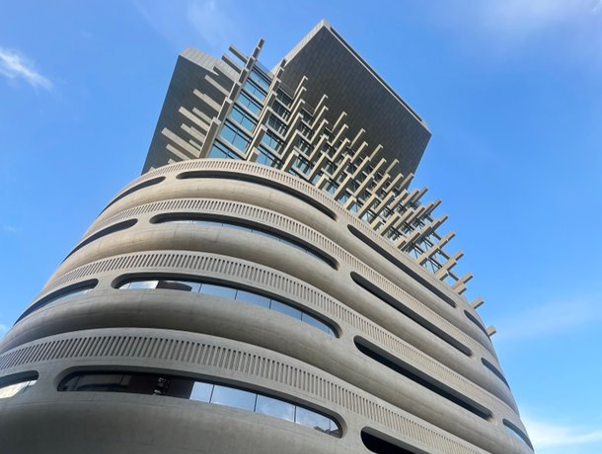
HAUS NOWHERE, the newly built headquarters in Seongsu-dong
These spaces work
as layered systems in which architecture, sculpture, scenography, technology,
scent, lighting, and the brand’s worldview intertwine.
As a result, Gentle Monster has reshaped Seoul’s
sensory landscape, becoming a point of origin for a new cultural language that
a mega city can generate. This is the core meaning of what this article calls “GenMon-Style.”
While many spaces
in Seoul remain confined to the idea of a merely “beautiful
store,” Gentle Monster has dismantled the very premise
of retail functionality.
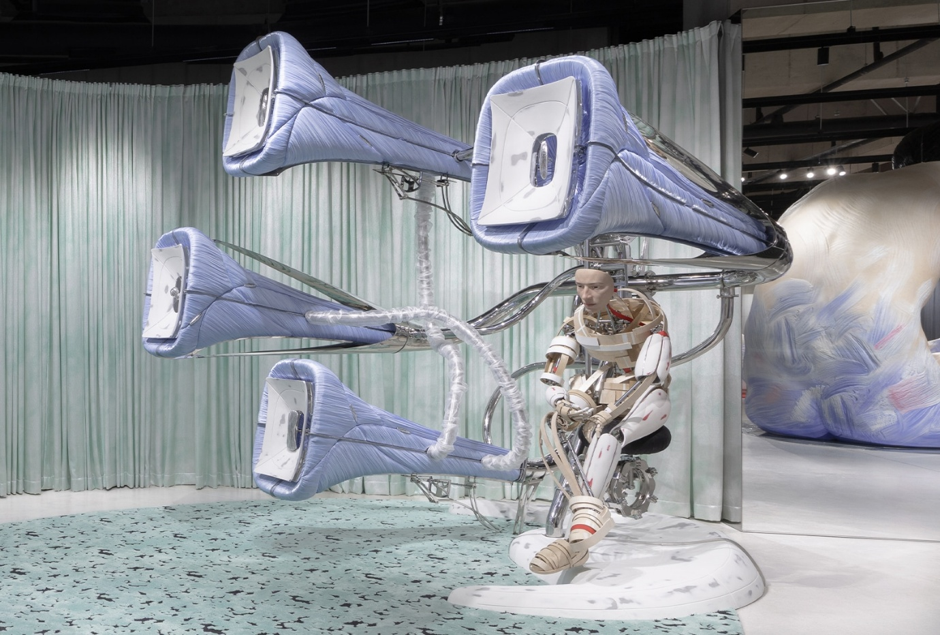
Gentle Monster Seongsu Headquarters / Photo: Gentle Monster Website
House Nowhere in
Seongsu exemplifies this shift. Here, stairs, walls, and corridors are not
mechanisms for efficient circulation but rites of passage designed to draw
visitors into a narrative. The visitor is no longer a shopper choosing products
but a witness experiencing a self-contained world.

Gentle Monster opens flagship store at American Dream in New Jersey (2024) / Photo: Gentle Monster
The elements that
fill these spaces differ fundamentally from traditional retail components.
Massive sculptures, kinetic machines, multi-layered lighting, ambiguous objects
that blur the line between display and stage set—these
borrow the grammar of performance and exhibition, but their purpose is not art
appreciation. Instead, they create immersion within the brand’s internal world. Gentle Monster does not “consume” art; it produces artistic sensibility from within the brand itself.
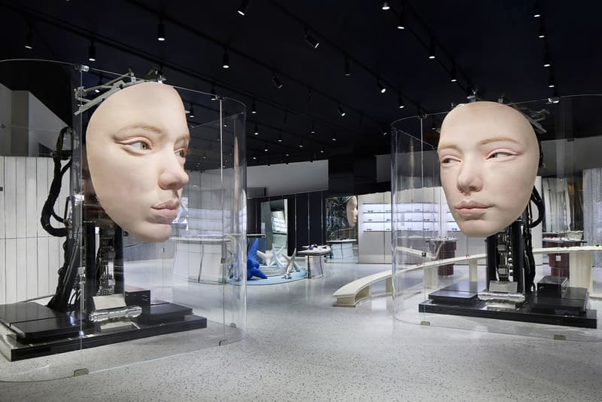
Gentle Monster’s Futuristic Las Vegas Store (2024)
What matters here
is that their architecture does not pursue decoration or superficial design.
Gentle Monster’s spaces function not as “functional skins” but as “sensory organs.” Each device connects
organically, like organs forming the body of the space.
Lighting does
more than illuminate; it generates emotional shifts. Kinetic devices operate as
subtle stage mechanisms that control gaze and the flow of time. Within this
system, the brand’s internal direction team resembles
art directors or performance directors rather than designers.
The core of this
method lies in shifting retail’s purpose from selling
products to producing experiences. The actual amount of retail product in a
Gentle Monster flagship is surprisingly small.
Most of the space
is devoted to world-building—staging, scenography, and
sensory architecture. This radical choice yields a clear result: people
remember the stores not as places to shop but as places to see.
The store becomes a cultural event, not a consumer space.
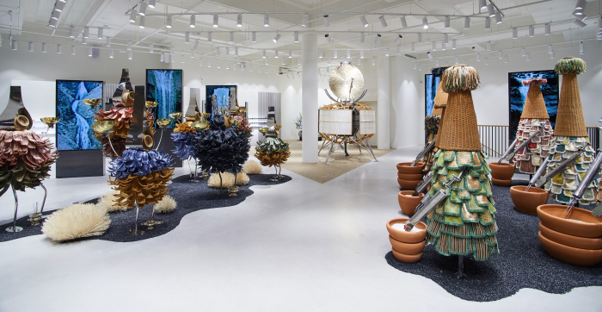
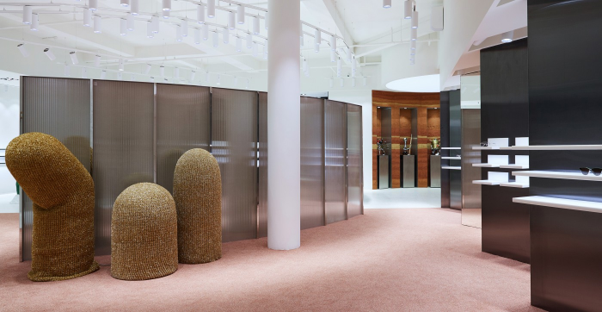
The immersive installations of Gentle Monster’s first European outpost, the London flagship store.
This strategy
remains consistent in global expansion. The New York, LA, London, and Shanghai
flagships each adopt distinct architectural forms, yet they share the same
aesthetic DNA—exaggerated scale, surreal set-like
atmosphere, experimental sculptures, and a direction that binds light, scent,
and objects into a single scene. This is not simply a brand being exported; it
is a new spatial culture born in Seoul expanding worldwide.


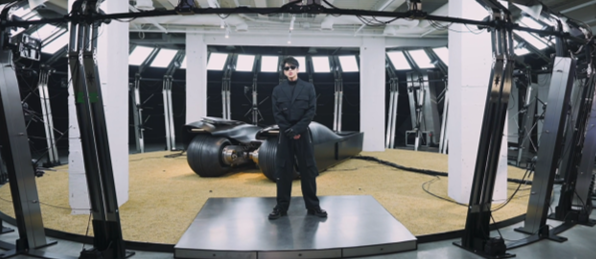
Gentle Monster × CAI XU KUN Collaborative Project, Shanghai Base / Photo: Gentle Monster Website
Many Seoul-based
brands and spaces have begun imitating or transforming this strategy. Flagships
designed like galleries, the active placement of objects and sculptural
elements, and narrative-driven circulation paths are rapidly spreading
throughout the city. Some of these attempts face criticism for excessive image
consumption—but even that imitation signals the
cultural influence Gentle Monster has imprinted on Seoul’s visual landscape.
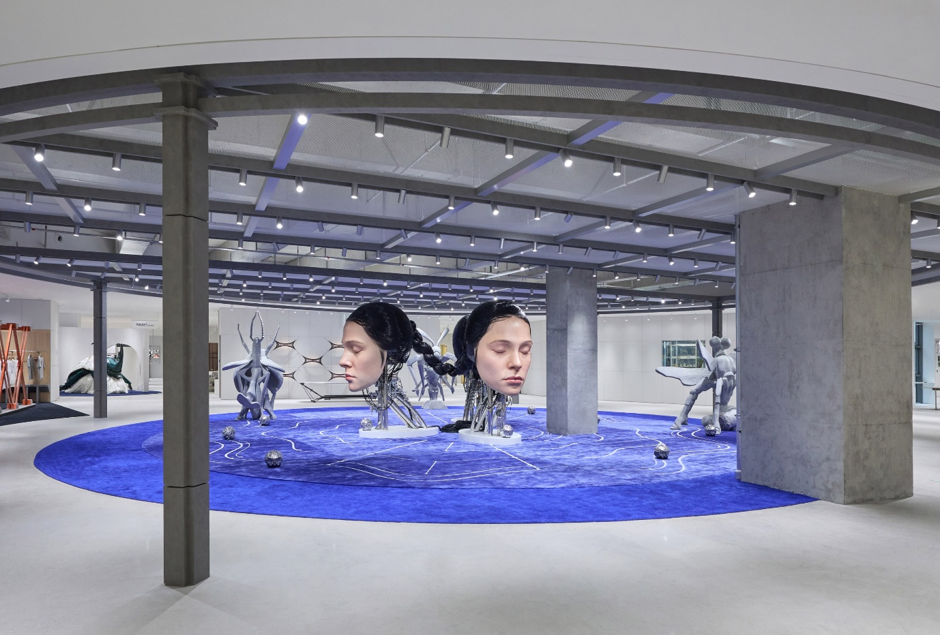

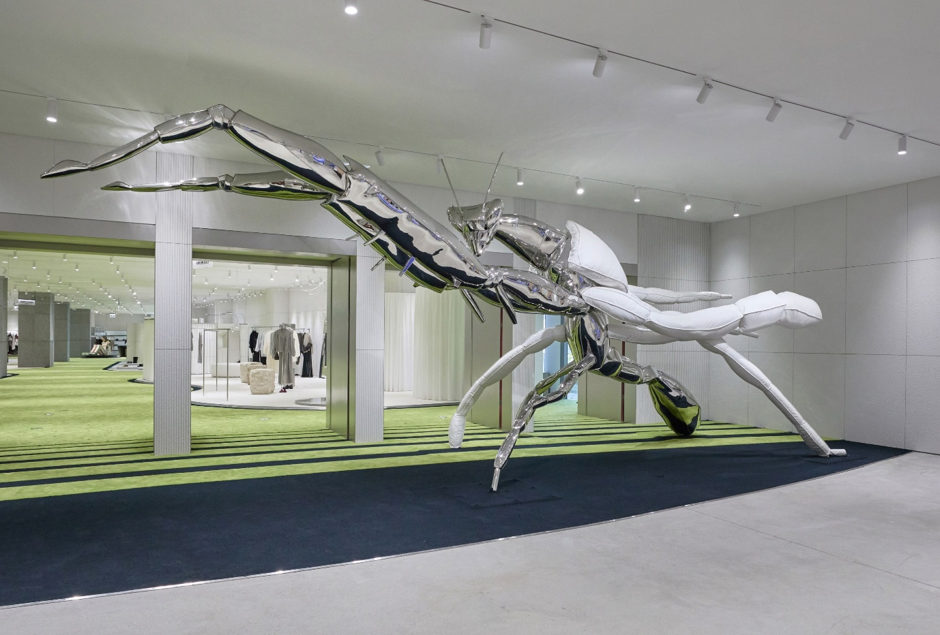
HAUS NOWHERE SHENZHEN / Photo: Gentle Monster Website
The
significance of Gentle Monster’s spatial practice does
not lie in visual shock or SNS virality. At its core, the brand offers a new
answer to the questions: “What is a brand?” and “What can a space do?”
For them, a brand is not a logo but a world. A space is not a container but a
medium that materializes that world. Visitors do not purchase objects—they experience, remember, and re-enact that world throughout the
city.
Ultimately, GenMon-Style
does not simply refer to Gentle Monster’s spatial
design. It describes a method that shows how brand, city, architecture,
sensation, narrative, and direction can form a unified structure to create a
new cultural form. It offers a hint toward Seoul’s
future cultural formats and a model for how a mega city organizes sensory
experience.
What Gentle
Monster has built is not merely a building or a store, but an architectural
language that rewrites the city’s senses. And this
language is now spreading across Seoul. This is GenMon-Style—the sensory revolution that the mega city of Seoul is currently
undergoing.



